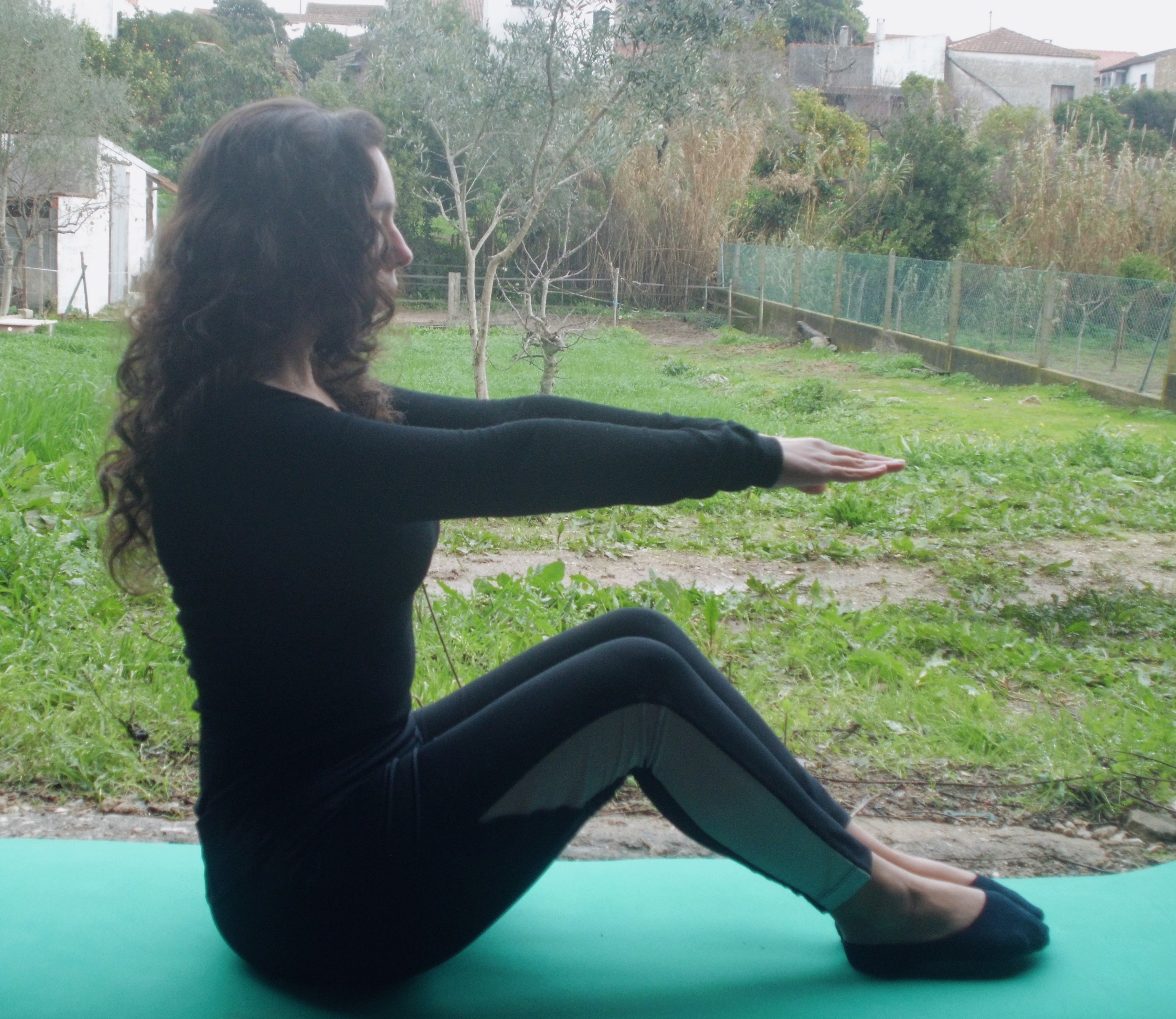Introdution of Pilates Method - Change your body, change your life!
The pilates is a method which is based on a mid-body centering technique. Joe Humbertus Pilates, the founder of this method, emphasizes the importance of beginning movement from the central core of stability (lumbo-pelvic region).
I personally use this method in my clinical practice and in addition to the benefits it presents, it demonstrates great versatility, because it works by adjusting the intensity and resistance of the exercises. It is adaptable to anyone independently of their problems and age.
Principles of Pilates
The Pilates method is sustained by 8 principles, which are:
- Concentration
- Breathing
- Centering
- Control
- Precision
- Flowing movement
- Integrated isolation
- Routine
The Pilates is a method that builds mind-body awareness, and for this is very important to keep the mind concentrated. Over time and practice, Pilates allows you to recognize incorrect patterns of movement, have conscience of this and the power to correct them.
One of the most important principles is centering, which is related to powerhouse, represented by the co-contraction of specific muscles (Transversus abdominal -TrA, multifidus, pelvic floor and diaphragm). The role of them is fundamental, initially by facilitating the core stability and the perception, and after, in dynamic stability, maintaining the body alignment on the exercises that involve arm and leg movements.
This isn’t the easiest type of exercise like most people think! Requires persistence… Having a daily practice routine is key to maintaining a muscular memory. The repetition leads to greater skill and greater benefits, so in beginning you should follow this 10x10x10 "rule" (10 repetitions of contraction of TrA during 10 seconds, 10 days consecutives).
The practice of a good routine with the accomplishment of the exercises adapted to the need of each person is crucial. According to studies and even in my clinic practice, after a month of practice, people usually notice differences in posture, flexibility and muscular strength.
In demanding daily activities, a contraction of the transversus abdominal begins to be automatically and unconsciously. So, over time, the ability to control movement is developed in an accurate and fluid way.
Another important and difficult principle to internalize is breathing, because the exhalation should occur with movement that requires the greatest effort and the activation of center should occur earlier in expiration to provide muscle stability.
A conjunction of all these principles is challenging!
Breathing
Why should be done a lateral breathing instead of a diaphragmatic?
During inspiration the diaphragm contracts and moves down caudally, which creates a negative pressure in the thoracic cavity that forces air into the lungs and simultaneously increases the intra-abdominal pressure. The purpose of Pilates method is to use a lateral breathing, known by bucket hand movement, that provokes an elevation of lateral shaft of rib, thus allowing the lungs to expand, but without need expansion of the abdomen. By expanding the abdomen during breathing, the abdominal muscle stretches leaving the lower back without support and consequently unprotected.
Therefore when inhaling is very important not to relax the abdominal muscles, maintaining a contraction of transversus abdominal to avoid losing postural alignment and protect the spine. But is in the exhalation that we should made those difficult movements because the breathing out facilitate the contraction of abdominal muscles and consequently the stabilization of spine.
I hope you like it!
See you soon!


